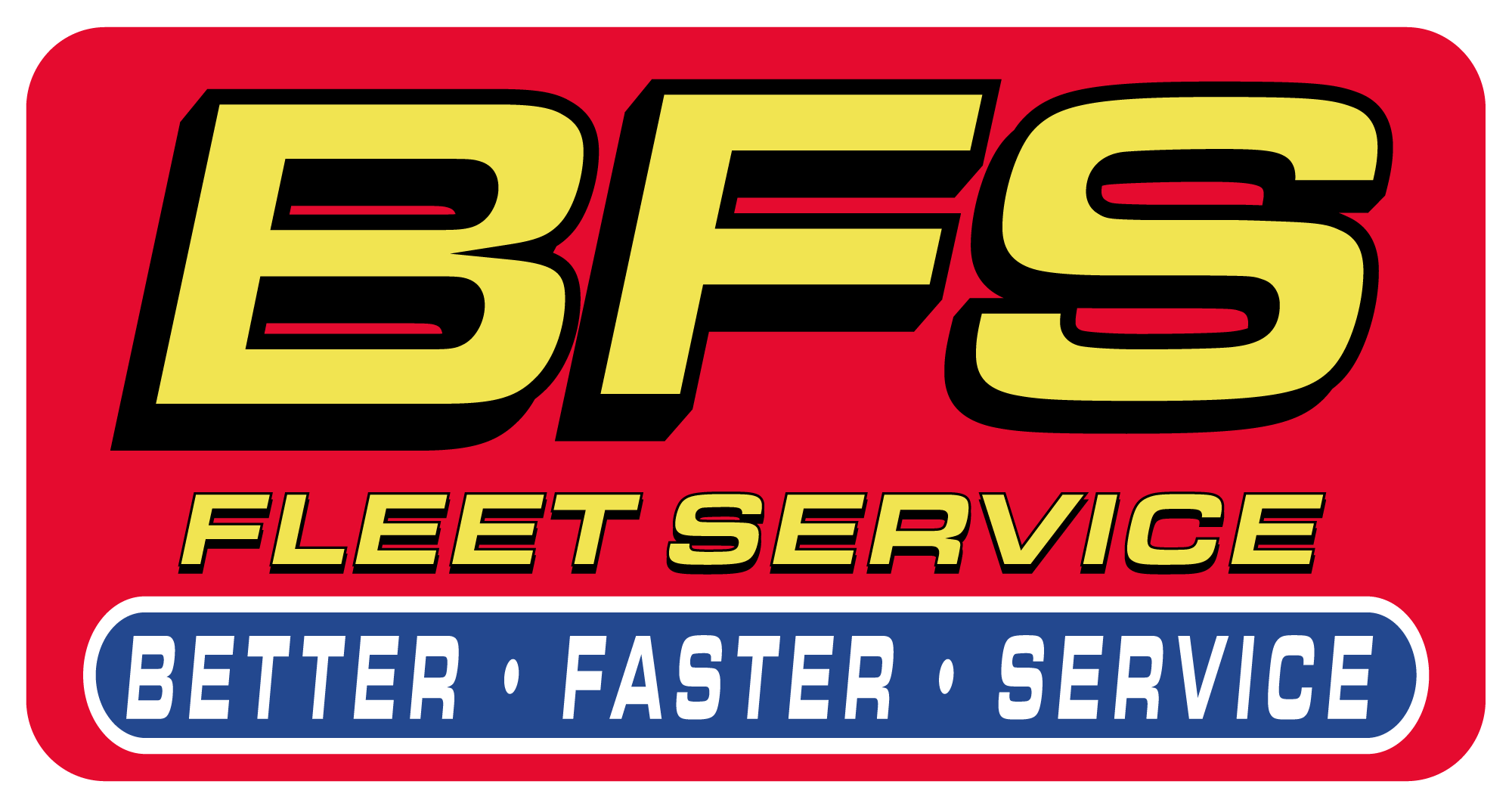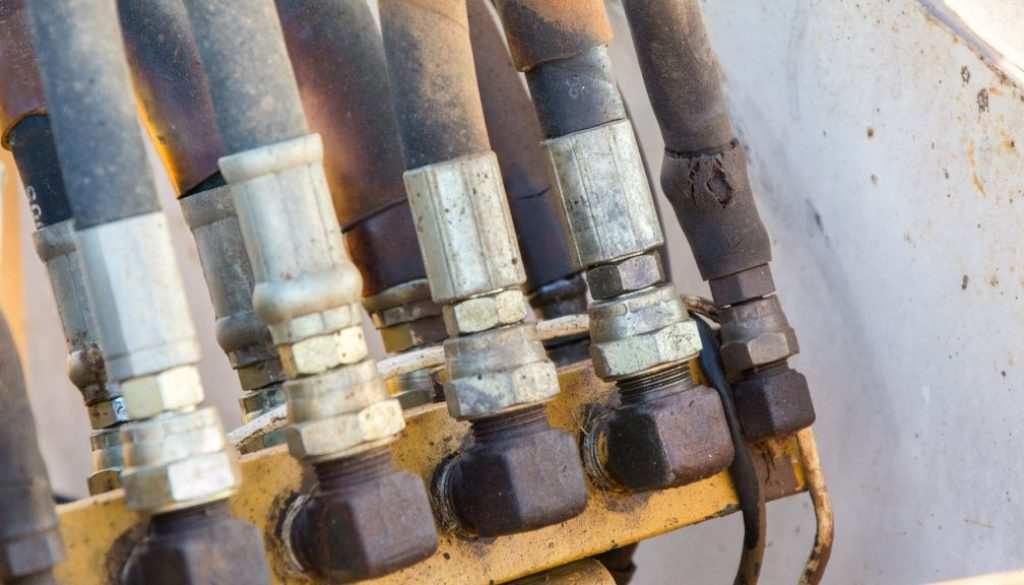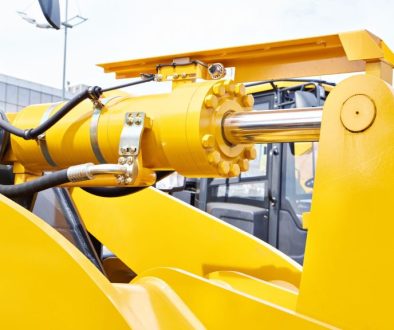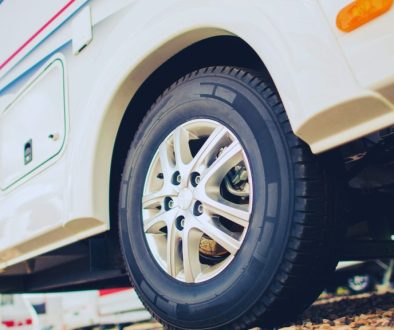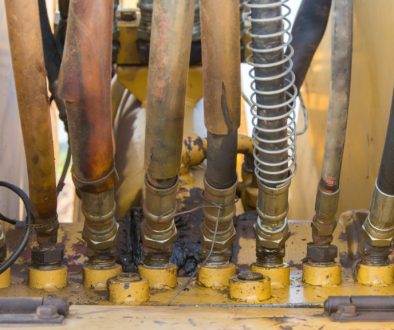Hydraulic hoses are critical for transferring pressurized fluid across your equipment, but their exposure to harsh environmental factors often leads to premature failure. According to the National Fluid Power Association (NFPA), environmental degradation is responsible for nearly 35% of unplanned hydraulic hose failures, making it one of the leading causes of downtime in hydraulic systems.
Whether your equipment operates in direct sunlight, on dusty construction sites, or around corrosive chemicals, taking preventive measures is key to avoiding costly repairs and system downtime.
Common Environmental Threats to Hydraulic Hoses
Understanding the factors that damage hoses helps you protect them more effectively:
- UV Radiation: Prolonged exposure to direct sunlight causes the outer cover of hoses to crack and weaken over time.
- Abrasive Debris: Dirt, rocks, and other debris can rub against hoses, wearing down the protective outer layer and exposing inner reinforcements.
- Chemical Exposure: Oils, fuels, solvents, and cleaning agents can degrade hose materials, leading to swelling or brittleness.
- Extreme Temperatures: Hydraulic hoses can fail when exposed to temperatures outside their rated range, either becoming brittle in the cold or softening under extreme heat.
- Moisture and Corrosion: Water intrusion, especially in coastal or humid environments, accelerates corrosion of metal fittings and internal hose damage.
Proven Tips for Protecting Your Hydraulic Hoses
Taking proactive measures extends the life of your hoses and reduces the risk of failure:
- Use Protective Sleeves: Fabric or thermoplastic sleeves shield hoses from UV exposure, abrasions, and light chemical contact.
- Install Guards or Shields: Especially important for hoses in high-contact areas near moving components or debris-heavy zones.
- Apply Protective Coatings: Specialty coatings can resist UV rays and chemicals, adding an extra layer of defense.
- Proper Hose Routing: Avoid tight bends, rubbing against other components, and routing hoses where they are exposed to debris or heat.
- Regular Cleaning: Wipe down hoses periodically to remove dirt, oil, and contaminants that can accelerate wear.
- Correct Storage Practices: When storing equipment, keep hoses out of direct sunlight and in controlled environments to prevent material degradation.
The Role of Preventive Maintenance
Routine inspections are essential for detecting early signs of environmental damage. Technicians should look for surface cracks, discoloration, leaks, or softened hose material. According to Hydraulics & Pneumatics magazine, preventive maintenance programs can reduce unplanned downtime by up to 45%, proving that proactive care saves significant time and money.
Establishing a maintenance schedule that includes periodic hose replacements based on service hours and environmental exposure helps prevent catastrophic failures.
Partner with BFS Fleet Services for Comprehensive Protection
At BFS Fleet Services, we provide more than just hose replacements. Our experts assess your equipment’s operating environment and recommend tailored protective solutions, from installing abrasion-resistant sleeves to applying advanced coatings. We also offer on-site hose inspections in Buffalo to identify risks early and help extend the lifespan of your hydraulic systems.
